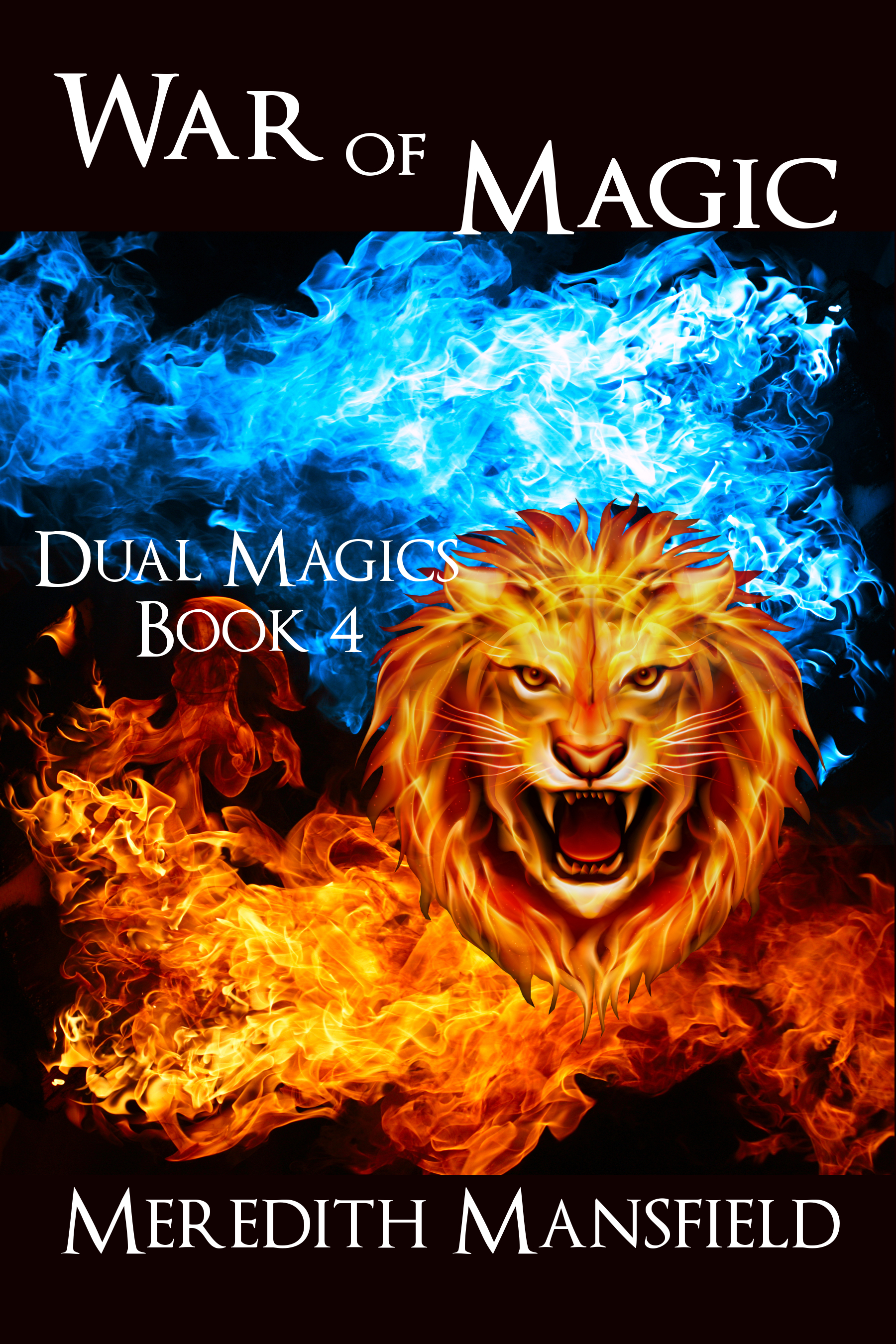So, at the same time that I’m working on the first draft of BLOOD IS THICKER, I am also sporadically working on a rewrite of one of my first novels, new title MAGIC’S FOOL. I didn’t originally set out to be working on two things at once, but the rewrite was going so slowly, I had to pick something else up to save my sanity.
I’ve done lots of revisions, sometimes very extensive revisions. But this is the first time I’ve attempted a true rewrite. And I’ve learned something. Rewrites are hard.
I waited almost two years, so I could approach the story with a fresh perspective. And I haven’t permitted myself to even look at the original. Not until I’ve at least finished a first draft. I want to look at things as much as possible as if I were writing this story for the first time. Even so, I think part of the what makes this one so hard to write sometimes is that I’ve already told the story once. It’s hard to have the same first-draft enthusiasm for a twice-told tale.
So why rewrite it at all? I still believe in this story. I think it has something to say (which isn’t necessarily true of all my stories). I still have more I want to do in this world and with these characters, but that won’t happen unless I get the beginning of the series–and it is a series–off the ground. And there were just too many problems with the original version.
One huge problem was that it got over-edited. In places, it completely flat. Flat is good in pie crusts and pool tables, not so much in prose. This is the book that convinced me to limit the number of revisions I put a story through before calling it done.
The original version (yes, I’m avoiding using the original title. It was really bad.) also had way too many characters. It wasn’t quite a cast of thousands, but, well, I actually considered including a geneology chart just to help the reader keep the main character’s famil straight. And that was just for the characters actually related to him by blood or marriage. Yikes! I’m a little less than half-way through on the fist book (I think) and I’ve already cut ten named characters. Now, not all of them were important in the story. Some were more background and were cut because the more-important character that they were background for was cut. I’ve been trying to combine the characters with an actual role to play in the story where I can.
So, for example, my main character no longer has a younger brother. The brother played a role in the first book but actually became a little awkward in the later stories when he just wasn’t that important anymore. His part has been combined into the main character’s cousins. (That decision also cut the brother’s wife and two children. They probably would have had to be cut anyway, for another reason I’ll get to in a minute.)
I’ve also combined two half-brothers into one, which again got rid of the other half-brother’s parents, wife and two children. There’s at least one more character on that chart in serious jeopardy right now.
The biggest difference, though, is the audience I’m writing for. The original was written as if it were a mainstream fantasy. (I hate to say adult fantasy. It just has the wrong connotations.) This time, I’m writing it as a middle grade fantasy.
It probably always should have been middle grade. The character started out at 15 in the original. I’ve dropped back a bit and started this one at 13. A lot of the issues he has to deal with, especially early in the story are appropriate for that age group. So is the theme of the series which is acceptance. The progression through the series is in the main character learning to accept his differences, then to embrace them, then to be willing to let others know about them, and finally to understand that people who don’t accept him for who he really is aren’t really accepting him at all.
Of course, the change to middle grade has wiped out some other plot elements. Wives and children are just one of them. There were certain other subplots that just aren’t going to work anymore. I worked really hard on getting some of those subplots right the first time around. I actually think I did a pretty good job of them and now I have to scrap them. Well, no writing is ever wasted. It’s all practice at the very least. And maybe I’ll find a place for some similar subplots or plots in some future work. Not in this though.
The one thing that worries me a bit is that the story that made up one adult novel (a little over 100,000 words) will have to be broken into at least two middle grade novels. And, as I said in my last post, I need to make those two stand alone. I’m not going to worry about that until I write through to “The End” though. I know I can fix it later if I have to. I’ve done it before, I can do it again.
Sometimes, it’s hard to remember that, though.
Back to work. My main character has a half-brother to meet for the first time.
Read Full Post »







